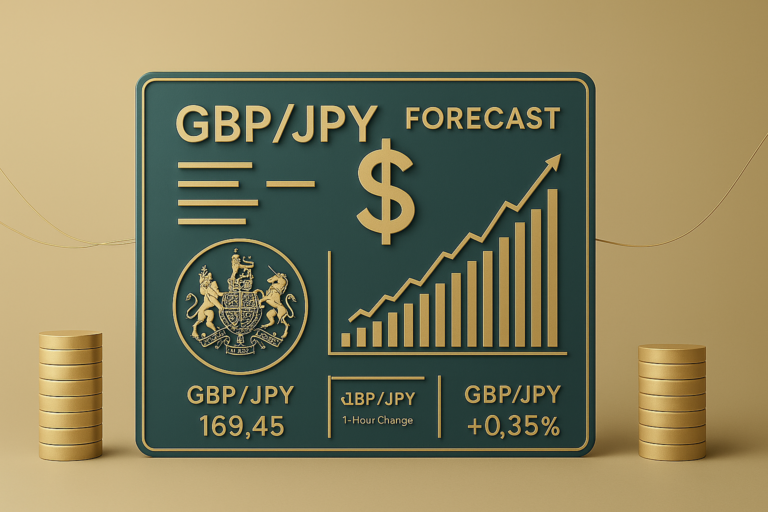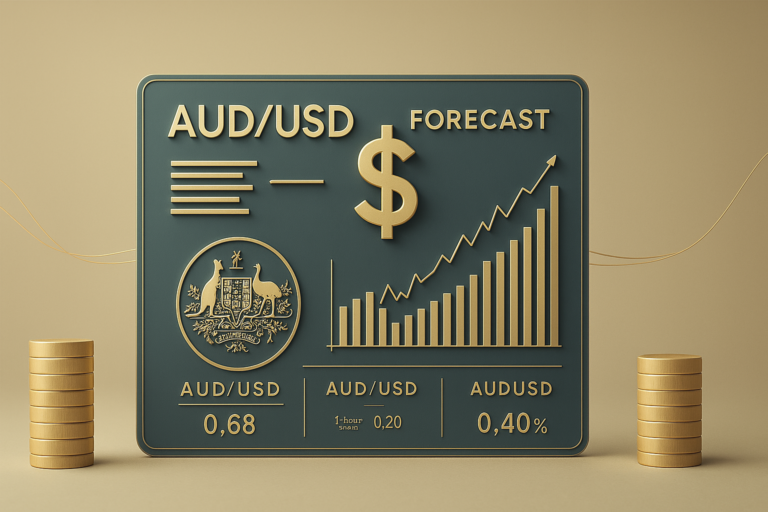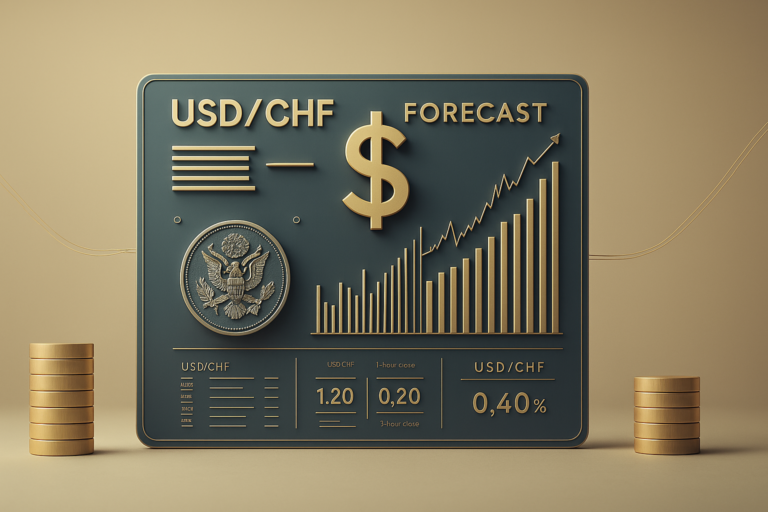
Unexecuted Stop Limit Orders are a common issue in Forex trading, but understanding them can lead to better trading outcomes.
In the world of Forex trading, many traders face a frustrating problem known as unexecuted stop limit orders. These are orders that never get filled, leaving traders puzzled and often disappointed. This issue can cause missed opportunities and losses, making it a significant concern for both beginners and experienced traders alike. Understanding why this happens is crucial for anyone looking to succeed in the Forex market.
Many traders, whether they are just starting out or have years of experience, struggle with unexecuted stop limit orders. They can be a source of confusion and frustration, especially when the market moves in the expected direction. By grasping the reasons behind this issue, traders can take steps to manage and mitigate it effectively. Recognizing the importance of resolving unexecuted stop limit orders can lead to more successful trading outcomes.
In Forex, understanding support resistance and chart types is essential for making informed trading decisions. These concepts help traders identify potential entry and exit points in the market. For more insights on this topic, check out our article on support resistance and chart types in forex.
Understanding the Problem
So, what exactly are unexecuted stop limit orders? They occur when a trader places an order to buy or sell a currency pair at a specific price, but the order fails to execute. This can happen for several reasons, both technical and market-related. For instance, if the market price moves rapidly and surpasses the specified limit price, the order may not be filled, leading to unexecuted stop limit orders.
Imagine you’re a trader who sets a stop limit order to sell EUR/USD at 1.2000. Suddenly, news hits the market, causing the price to plummet to 1.1980 before reaching your limit. Your order is left unexecuted, and you miss out on a significant profit. This scenario illustrates how quickly the market can change, leading to unexecuted stop limit orders that can disrupt your trading strategy.
Solutions for Unexecuted Stop Limit Orders
Now, let’s explore how to resolve or avoid unexecuted stop limit orders. Here are some practical steps:
- Choose the Right Broker: Ensure your broker has a reliable trading platform with minimal slippage.
- Set Realistic Limit Prices: Avoid placing limit orders too close to the current market price to increase the chances of execution.
- Monitor Market Conditions: Stay informed about market events that may cause rapid price movements.
- Use Advanced Orders: Consider using other order types like market orders during volatile periods.
For beginners, it’s essential to practice using demo accounts. This allows you to familiarize yourself with how orders work without risking real money. Pro traders should set alerts for significant market events, ensuring they can react quickly to changing conditions.
Always remember that while you can minimize the risk of unexecuted stop limit orders, it’s impossible to eliminate it completely. Markets can be unpredictable.
For more insights on keeping track of your trades, explore our article on forex market news.
Frequently Asked Questions
How do I detect this issue in real-time?
To detect unexecuted stop limit orders in real-time, monitor your trading platform closely. Set up notifications for your orders, and watch for price movements that could impact execution. If you notice that your orders are not being filled, investigate the market conditions at that time.
Can brokers legally do this?
Brokers must execute orders as per the terms of their service. However, factors like slippage and market volatility can affect execution. Always read your broker’s policies to understand how they handle orders.
What tools can I use to prevent this?
Utilizing tools like limit order management systems can help. These tools allow you to track and manage your orders more effectively, reducing the chances of unexecuted stop limit orders.
Is this problem more common in specific market conditions?
Yes, unexecuted stop limit orders are more common during high volatility periods, such as economic news releases or geopolitical events. During these times, prices can move rapidly, increasing the chances of your order not being filled.
Conclusion
Unexecuted stop limit orders can be a frustrating experience for traders. However, by understanding how they occur and implementing the right strategies, you can manage or even avoid this issue. Stay informed, adapt your trading strategies, and you’ll be on your way to more successful trading.
Trading can be challenging, but with the right knowledge and practice, you can overcome obstacles like unexecuted stop limit orders. Keep learning and improving!
Recommended Next Steps
To further enhance your trading skills and avoid unexecuted stop limit orders, consider these steps:
- Review your current trading strategy and identify areas for improvement.
- Stay updated on market news and events that could affect your trades.
- Practice using demo accounts to familiarize yourself with different order types.
- Engage with trading communities to share experiences and learn from others.
By taking these steps, you can reduce the occurrence of unexecuted stop limit orders and enhance your overall trading experience.
If this topic interests you, you’ll find more practical tips here FX Empire, The Balance
Expand Your Knowledge
- 📌 Forex Trading Learning Road Map
- 📌 Forex Trading Course with no Fees
- 📌 Forex Trading Issues, Problems, and Solutions
- 📌 Forex Daily Forecast & Live Updates
- 📌 Forex Fundamental & News Analysis: Tomorrow’s Market Movers & Trade Opportunities
- 📌 Forex Education Hub: Learn & Profit
- 📌 Forex Technical Analysis, Indicators & EA’s
Start Trading Today
Ready to take your forex trading to the next level? Open an account with Exness, one of the most trusted platforms in the industry. 👉 Sign Up Now and trade with confidence!
My recommended broker stands out with ultra-low spreads for beginners, instant withdrawals, and zero spread accounts for pro traders.
Trusted since 2008, lightning-fast execution, no hidden fees, and a secure, transparent trading environment—giving you the edge you need to succeed. 🚀
Watch this helpful video to better understand Unexecuted Stop Limit Orders:
Note: The video above is embedded from YouTube and is the property of its original creator. We do not own or take responsibility for the content or opinions expressed in the video.
In this YouTube video, the focus is on the Stop Limit Robot available on the Pionex trading platform. This tool is designed to automate trading by allowing users to set specific parameters for buying and selling cryptocurrencies based on market analysis. The Stop Limit Robot operates by establishing a trigger price, which is the price at which the bot will activate and place an order at a predetermined buy or sell price. For instance, if a trader believes that Ethereum will rise above a resistance level of $3,000, they can set the trigger price at $3,000 and the buy price at $3,100. Once Ethereum’s price reaches the trigger, the bot will automatically execute the purchase. This feature is particularly useful for traders who cannot monitor the market continuously, allowing them to capitalize on potential price movements even when they are away.
Additionally, the Stop Limit Robot can also be utilized for selling purposes. For example, if a trader has purchased Ethereum at $3,000 but anticipates a drop in value, they can set a trigger price at $2,950 to limit potential losses, with a sell price set at $2,900. If the price falls to the trigger level, the robot will activate and sell the Ethereum at the designated price. This capability highlights the strategic benefits of using automated trading bots in managing risk and executing trades efficiently. Overall, the video provides a comprehensive overview of how to set up and use the Stop Limit Robot on Pionex, making it an invaluable resource for both novice and experienced traders looking to enhance their trading strategies.
In the world of Forex trading, understanding market trends is crucial for making informed decisions. Trend indicators are essential tools that help traders analyze market movements and identify potential entry and exit points. These indicators can provide insights into the overall direction of the market, whether it is trending upwards, downwards, or moving sideways. By studying trend indicators, traders can develop strategies that align with market momentum, increasing their chances of success. For further insights into how these indicators can impact your trading, check out our post on Trend Indicators.






